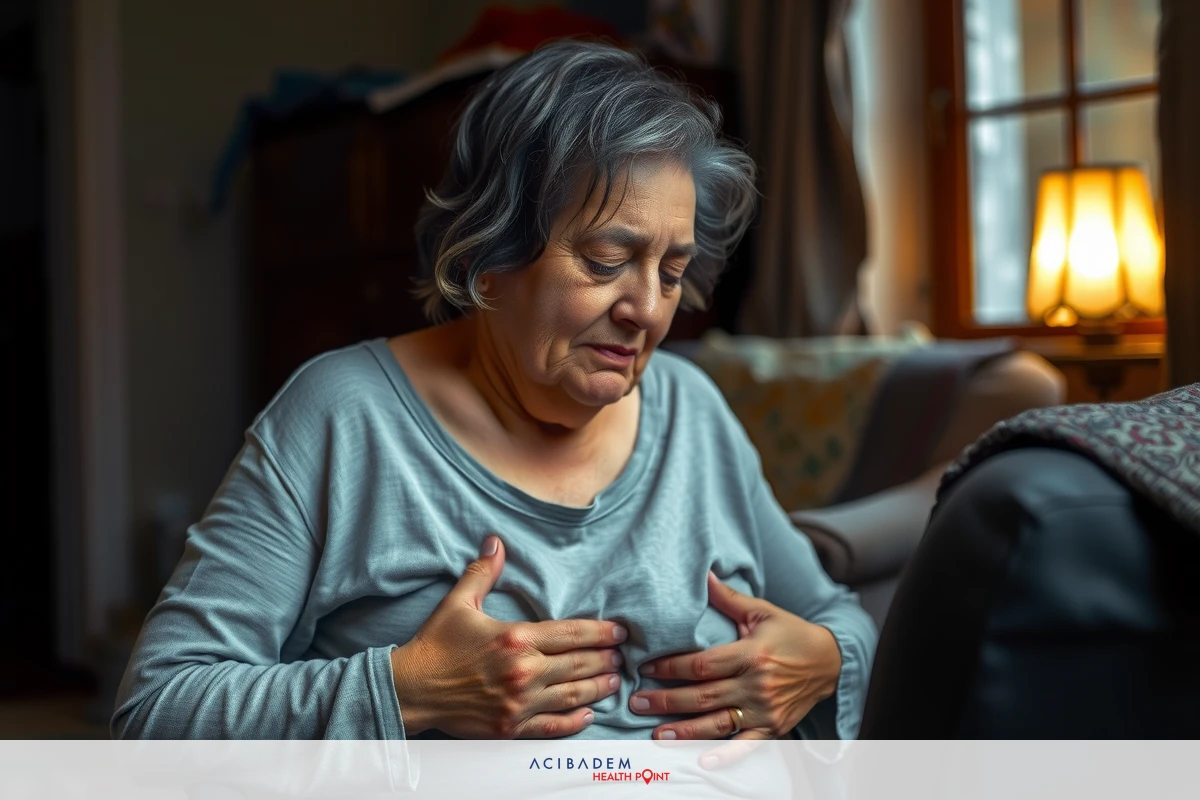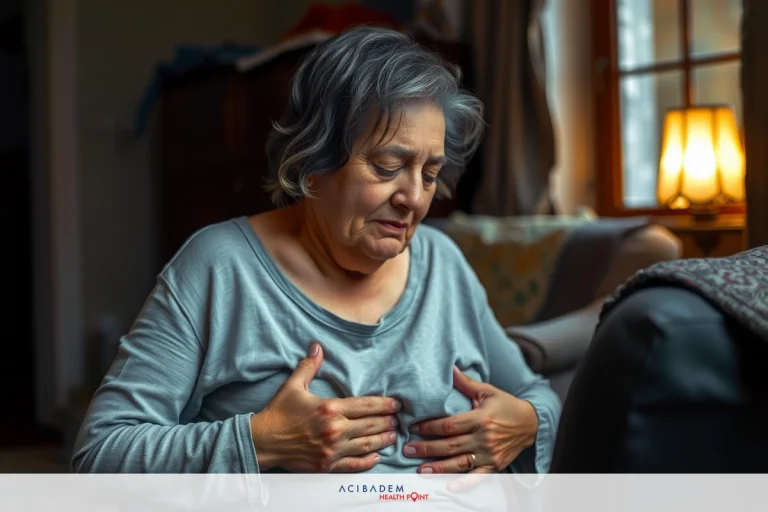Is Spinal Stenosis the Same as Degenerative Joint Disc Disease?
Is Spinal Stenosis the Same as Degenerative Joint Disc Disease? When we think about back pain terms like spinal stenosis and degenerative joint disc disease often come up. They both deal with spine problems but are not the same thing. This text aims to shed light on what sets them apart and where they overlap. By breaking down complex medical jargon into everyday words we make it easier for you to understand these health issues.
People who face these conditions might wonder how they impact day-to-day life. It’s important to grasp their differences so that you can talk clearly with your doctor. We’ll look at each condition closely using plain language to describe what happens in your body when dealing with either of them.
Understanding our bodies helps us take better care of ourselves. Knowing what symptoms suggest one condition or the other can guide us when seeking help or support. Let’s dive into a simple yet thorough explanation of spinal stenosis and degenerative joint disc disease focusing on clear facts without all the medical speak.
What is Spinal Stenosis?
Spinal stenosis is a condition that involves the narrowing of spaces in your spine. This can press on the nerves that travel through the spine causing pain or numbness. Often it’s seen in people as they get older. The changes happen slowly and sometimes don’t show any signs at first. But over time this squeezing can lead to discomfort or pain.
The main cause behind spinal stenosis is wear and tear due to age-related changes in the body. Things like bone growths or bulging disks can take up space within your spine. These things might not always hurt but when they do you know it’s something to look into with care. There are two main types: one affects your lower back and another impacts your neck.
Symptoms vary from person to person with some feeling heavy legs while others may struggle with balance. You might find walking long distances hard or feel relief when you lean forward while sitting down. If these problems sound known to you it could be worth talking about spinal stenosis with a health pro.
Understanding spinal stenosis helps us spot differences when someone mentions degenerative joint disc disease too. They share similarities like being linked to aging and affecting our spines’ health but they aren’t quite the same deal. With knowledge comes power – power over our own well-being by knowing what questions we need answers for from our doctors.
What is Degenerative Joint Disc Disease?
Degenerative joint disc disease, often just called “disc disease,” means your spinal discs are wearing down. These discs sit between the bones in your spine and work like cushions. As we get older they can start to break down and lose their padding ability. This isn’t rare; it’s a common part of aging for many people.
This condition leads to changes in the bones and joints of the spine over time. It may bring about pain or stiffness that comes on slowly but sticks around once it starts. Unlike what its name suggests it’s not really a disease but rather a natural process that happens as we age.
Some people with this condition might feel fine while others have bad back pain or neck pain. The discomfort can spread to arms or legs if nerves are affected by these changes in the spine. Activities like bending, lifting, or twisting might make things worse which is something to watch out for day-to-day.
Understanding degenerative joint disc disease helps us see how our bodies change with time. Keeping up with regular check-ups and staying active can help manage any symptoms you face from this wear-and-tear issue on your body’s framework – your backbone! While some aspects are similar to spinal stenosis such as potential nerve impact there are clear differences too which shape how each one affects our lives differently.
Similarities Between Spinal Stenosis and Degenerative Joint Disc Disease
Now let’s look at what spinal stenosis and degenerative joint disc disease have in common. Both of these conditions are often part of the aging process affecting how our spine works as we get older. They can both lead to back pain or discomfort that gets in the way of daily life. It’s not rare for people with either condition to feel stiffness or numbness.
Another similarity is that they both involve changes to the structure of the spine. In spinal stenosis, it’s about narrow spaces putting pressure on nerves; with disc disease, it’s about worn-out discs leading to bone issues. People might feel a range of symptoms from mild aches to more severe pains because their spines are changing.
Despite having their own differences treatment options can overlap between these two conditions. Things like physical therapy or exercises might help ease symptoms no matter which one you’ve got. Both may also lead us to talk with doctors about managing pain and keeping active safely without making things worse – knowing all this helps you take charge when talking health care!

Differences Between Spinal Stenosis and Degenerative Joint Disc Disease
While spinal stenosis and degenerative joint disc disease share some things in common they also have their own unique features. Spinal stenosis is specifically about the narrowing of spaces within your spine which can squeeze nerves. This condition often leads to symptoms like leg pain or difficulty walking that may improve when bending forward.
On the other hand degenerative joint disc disease focuses on the discs themselves deteriorating over time. It’s more about the loss of cushioning between bones rather than a space issue causing nerve problems. People with this condition might notice more trouble with movements involving twisting or bending due to disc discomfort.
One big difference lies in where you might feel pain from these conditions. In spinal stenosis, it’s common for pain to be felt while standing or walking whereas in disc disease, sitting for long periods can often make things worse. Both affect quality of life but understanding these distinctions helps tailor how we manage each one effectively and keep active as best we can!
How Often Do Patients Have Bariatric Surgery for Spinal Stenosis?
Frequently Asked Questions
Can exercise help with spinal stenosis or degenerative joint disc disease?
Yes certain exercises can strengthen the muscles around your spine and reduce symptoms. Always ask a doctor what's safe for you.
Are there any non-surgical treatments for these conditions?
Many people manage their symptoms with physical therapy, medications, or lifestyle changes like losing weight.
At what age do spinal stenosis and degenerative joint disc disease typically start to show symptoms?
Symptoms often start in people over 50 but can occur earlier if other health issues are present.
These answers are for informational purposes only and do not constitute medical advice.








